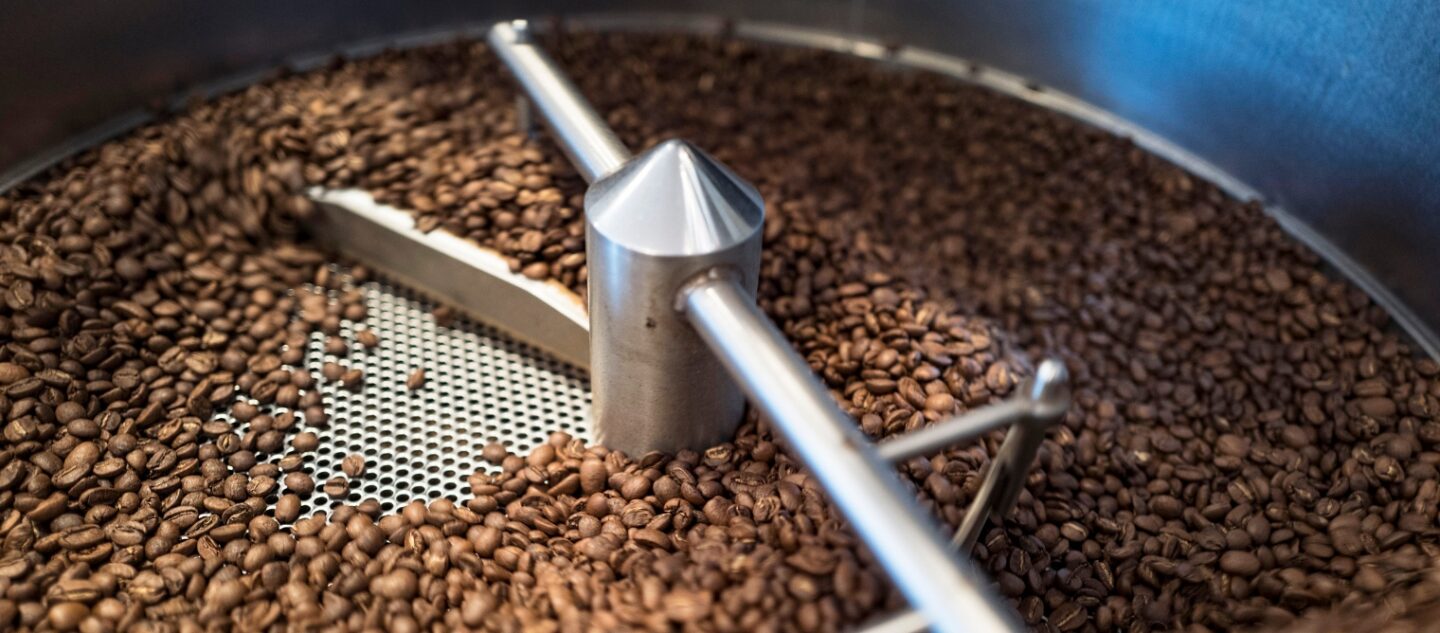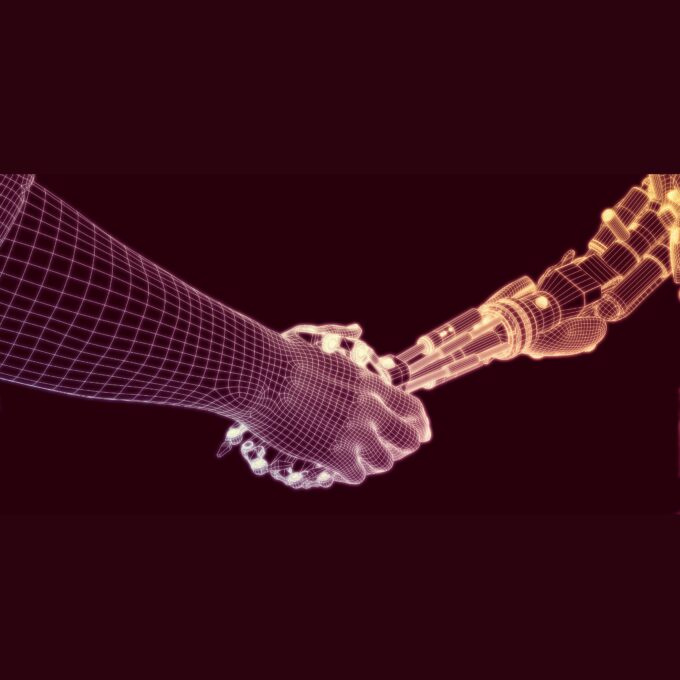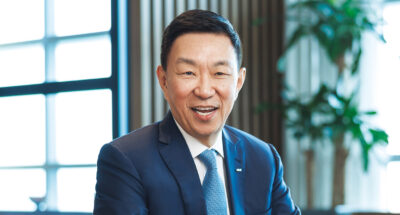Whether brewed in an espresso machine, cafetière or Turkish cezve, coffee has always been more than just a drink. Over the centuries, humans have drunk coffee not purely for the taste, but also for medicinal, ritual and social reasons. In 17th-century Britain, the coffee houses were known as “penny universities,” as customers came together to debate the science, politics and literature of the day. In 2022, the trend was still on an upward trajectory, with global sales of $18.9bn, up a huge 33.2% from as recently as 2017.
Founded in 2001 by industrial engineer Mike Caswell, Roasting Plant brought innovative coffee technology in the form of its Javabot™ Coffee System. The Javabot conveys unroasted beans through clear penumatic tubes, roasts them, and after resting, sends them to fully integrated superautomatic brewers.
Javabot’s integrated in-store automation enables Roasting Plant retail stores to deliver 20% to 30%+ EBITDA, far better than the average. The technology lowers labor requirements by 30% compared to Starbucks and roasting coffee in-store provides a 4x to 8x margin gain.
With the Javabot, Roasting Plant hoped to make a big splash in the market. However, as Mike and his team soon discovered, commercial success requires more than a great technology; it needs an understanding of customers and the strategy to match.
The price of industry buy-in
Caswell had an inside view of the coffee industry. His role as a director of profit improvement at Starbucks gave him an understanding of the logistical reality of running coffee stores, from managing supply chains to reducing product waste. It also gave him an awareness of a growing group of customers who were looking for a higher-quality coffee than these chains could offer. Through the Javabot, Caswell looked to solve the logistical issues, while bringing a vastly superior product to market.
On the logistics side, the machine offers stores a one-third reduction in labor costs, significant margin gains from in-store roasting, reduced waste and a more streamlined supply chain. Suppliers deliver unroasted beans directly to outlets, without a requirement for them to be warehoused after roasting, meaning that optimal freshness is assured.
Committed and rigorous, Caswell led the company and created 24 worldwide patents and two registered trademarks, and opened 7 stores in the US. He was also dedicated to refining and augmenting the Javabot, adding new features, including in 2015 a SuperChiller to cool hot-brewed by the cup coffee for zero dilution iced coffee.







